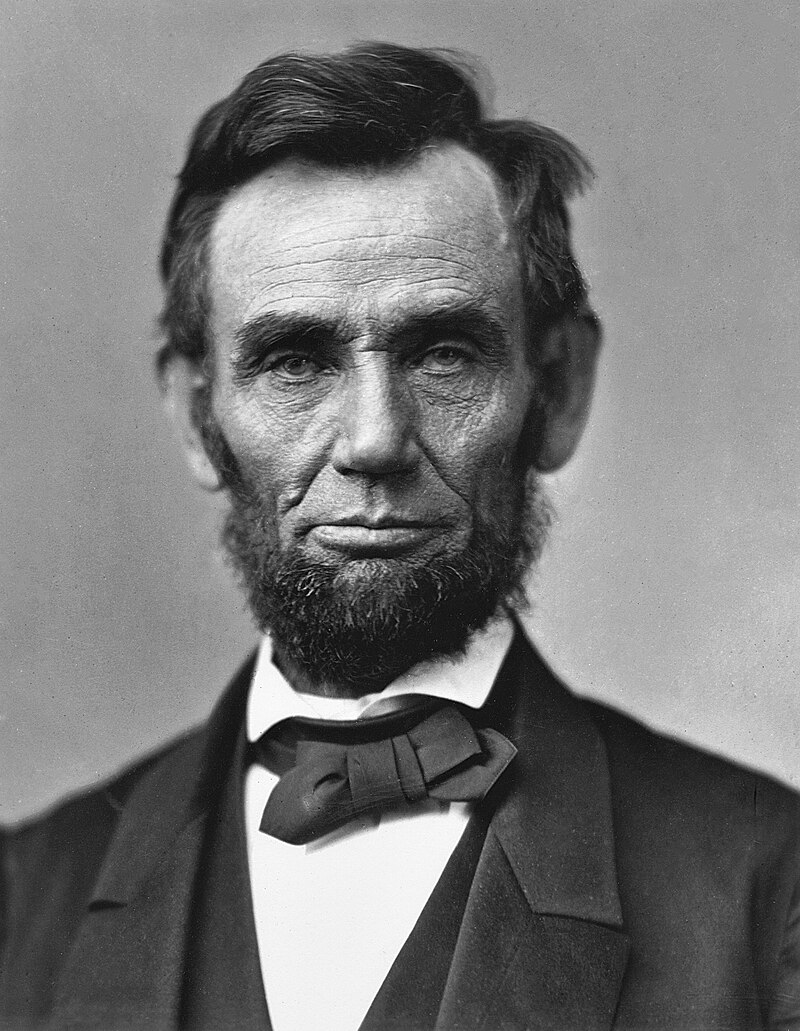Most Americans are taught in school that Abraham Lincoln freed the slaves with the Emancipation Proclamation, issued at the start of 1863. However, that was actually the second Emancipation Proclamation. The first one, the Preliminary Emancipation Proclamation, a significant but often overlooked milestone, was actually released on September 22, 1862. Exploring the journey from the preliminary to the final proclamations provides a fascinating insight into Lincoln’s mind and the entire Northern side of the conflict.
Lincoln’s personal belief in the immorality of slavery was a significant factor in his approach to the war. His primary goal was to preserve the American Union, which initially led him to consider the idea of emancipation cautiously. This was evident in his 1861 speech, where he stated that the war was not about slavery. His strategy was first to secure public support and avoid alienating the border states that were Union supporters but still allowed slavery.
By July of 1862, Lincoln had decided that it was time to claim emancipation but exempt the Union states and territories that still allowed slavery. However, his advisors convinced him to wait until the Union Army scored a significant victory to gain more public sentiment on their side. Finally, in September, the Union won big at Antietam, so Lincoln issued the Preliminary Emancipation Proclamation on the 22nd. In it, he warned that all enslaved people in rebellious states and territories would be freed in 100 days. The more famous Emancipation Proclamation, issued in January of the following year, was simply an announcement following through on the warning given by the preliminary one. This strategic sequence of events allowed Lincoln to rally the public to the anti-slavery cause, demonstrating his strategic patience and political acumen.

